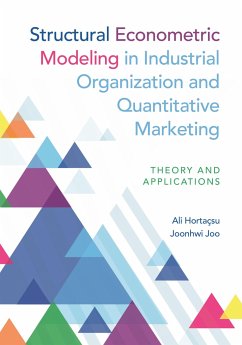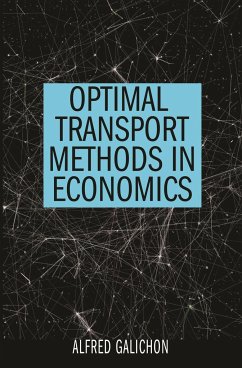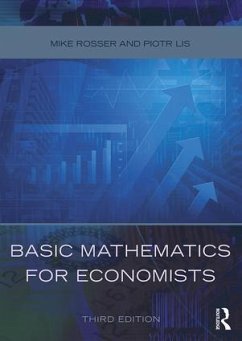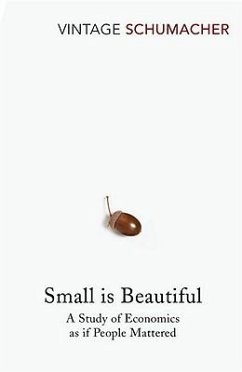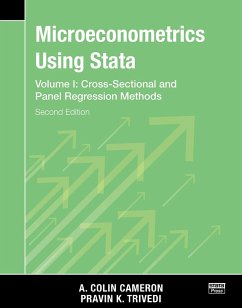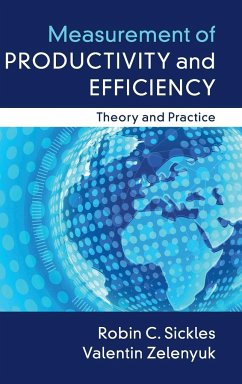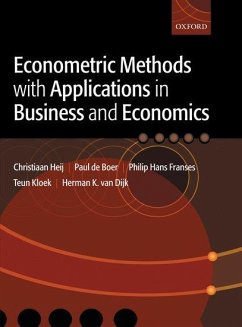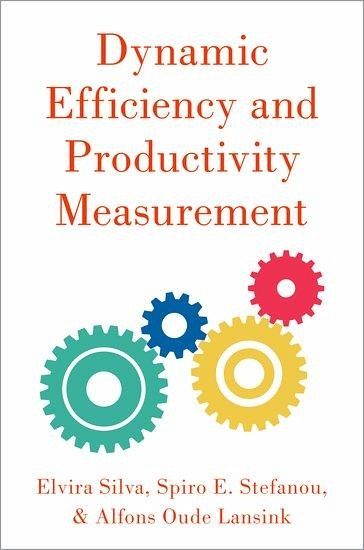
Dynamic Efficiency and Productivity Measurement
Versandkostenfrei!
Versandfertig in 2-4 Wochen
114,99 €
inkl. MwSt.
Weitere Ausgaben:

PAYBACK Punkte
57 °P sammeln!
Productivity and economic performance have generated many studies and considerable discussion in economic policy circles. Yet, theoretical and empirical studies focusing on production efficiency have typically ignored the time interdependence of production decisions and the adjustment firms make over time. This book provides a systematic treatment of dynamic decision making and performance measurement.





